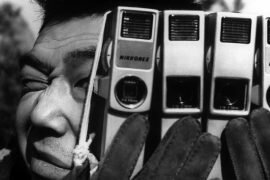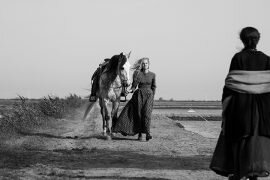Mr. Rodolfo’s Jubilee – The Premiere:
Until artists achieve celebrity, many people question their talent, sanity, and most often, their choice of occupation. Indie artists—who by definition often lack the support of studios, galleries or publishers—must produce and promote their work themselves. These aspects of professional and social experience can become infused in the artist’s work and personality. Both were evident in the home-cooked premiere of Mr. Rodolfo’s Jubilee. Unlike the world premiere’s of big studio films, there were no lines meeting the film’s stars, no highbrow sponsors courted by cast and crew. The interviews were casual, the atmosphere that of a reunion, and there was not a hint of people attending in order to be seen.
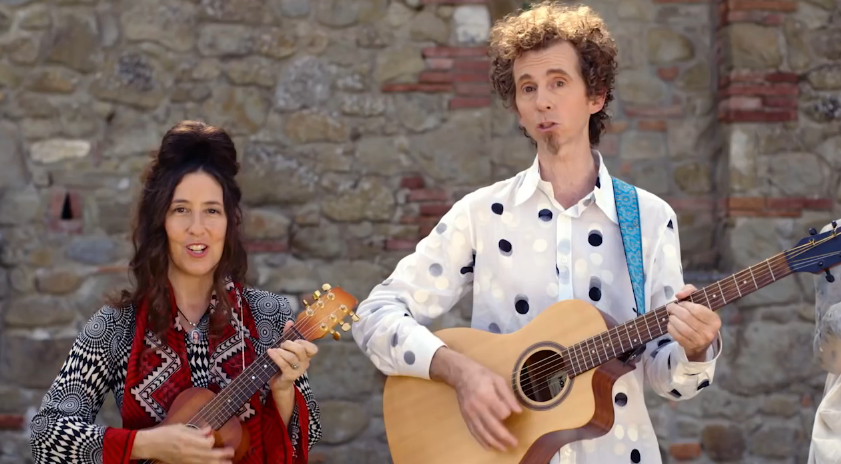
Once the premiere started, the pre-screening event was more like a birthday party, complete with the most engaging and most embarrassing potential aspects of that event. Engaging was the collective presence of cast, crew, producer and director—the ceremonial recognition of all levels of participation, from catering to principle actors to set and post-production crew. Rather than singling out the stars, all involved were simply asked to stand and celebrate their collaborative effort. For many, the premiere was the first time they had met each other, for almost all, the first time they’d seen the film. This short ceremony expressed the authenticity of the collective in an independent production, quite rare in a business where this recognition usually does not extend beyond department heads, and then only those departments with which the audience is most familiar.
Potentially embarrassing for the everyday attendee was the rest of the pre-screening show. After being quasi-coerced into singing happy birthday, we were forcefully invited to a singalong. Our postcard prints of the chorus to be sung in hand, we were then admonished to sing loudly, to avoid looking down at the text when we sang, and to “look happy” while we were singing. The reason? The event was being filmed for a documentary on the filmmakers and if we wanted to appear in a close-up shot, we had to do the happy, sing-out-loud thing right. Equally unnecessary was the extended introduction to the film in which the audience was advised that Facebook wasn’t any ersatz for “real” human interaction and that the filmmakers had their clothes made in India.
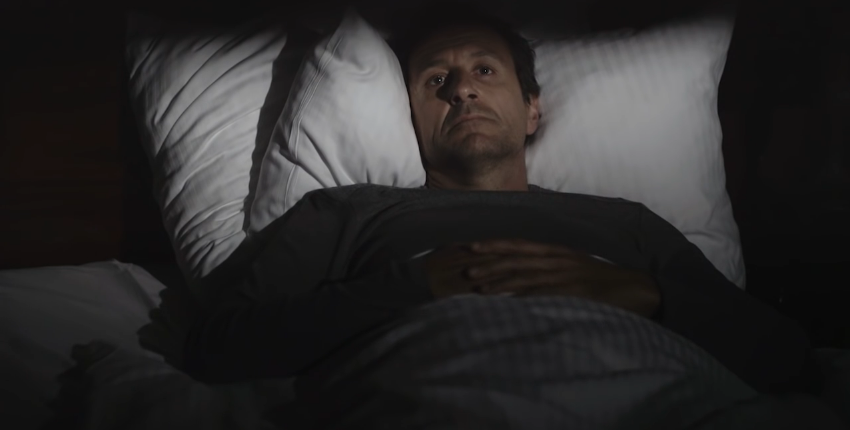
At this point, I have to admit to thinking that I had paid to attend the worst family birthday party ever, the ones where everyone has to stand up and tell cute anecdotes about the birthday child and otherwise lavish praise and attention on demand. Moreover, rather than saving the concert and extended autobiographical narratives till after the film, the filmmakers admitted that they had positioned these activities before the film because people would probably be tired and want to leave after it was over. While many of us had bought tickets to see a film, what was really happening was that we were paying to be used in the creation of material for their documentary.
Mr. Rodolfo’s Jubilee – The Film:
After feeling completely exploited and intellectually abused by the filmmakers during the pre-screening activities, I was delighted with the inventive and chaotic yet structurally neat narrative of the film itself. Mr. Rodolfo’s Jubilee makes effective use of an incredibly wide range of actors, unified by style of text and performance. The script and direction also demonstrate a skillful touch in handling absurd comic convention.
Making use of a tradition of comic pairs that extends back to Commedia dell’arte and has inhabited classic comedy ever since, the film lives from the intertwining episodes of the deadpan, effete killers, the charmingly bumbling Berlin cops, and the dry wit of the pair from Interpol. These pairs evoke the most consistently enjoyable comedy in the film, adhering to character types and stylistic delivery reminiscent of the angelic assassins in I Heart Huckabees or any number of characters from Coen brothers films.
Unlike the biting satire of such predecessors however, Mr. Rodolfo has a core of retro-naïveté that is charming and disturbingly nostalgic at the same time. The Kumbaya of the film’s thespian collective might easily trace back to a long Berlin tradition of lefty lifestyle, one that is at the same time admirable and on the other, so self-satisfied that they have failed to evolve into something that can truly challenge the new Berlin. Allusions to the new Berlin appear throughout the film, whether in the play-within-a-play performed by the troupe in the attempted eviction, or in the hipster locales serving prettified, tiny desserts.

The L.A. factor manifests itself in the self-promotion of the thespian performances as well as in the intrusion of the Bright Blue Gorilla—that is, the “Greek chorus” of the film. While the visual dominance of the musical duo and the introduction of their intrusion as commentators on the action makes sense in the prologue, it soon becomes intrusive. Had the duo’s appearance receded to the visual periphery—as in the actual Greek Chorus—or had the commentary been delivered by characters as in the traditional aside or a type of voiceover, their presence would probably have been more effectively integrated into the main narrative.
The music and sung texts create an inventive soundtrack. Unfortunately however, the insertion of the musician into prominent position within the frame, even highlighted at times with intensified colorization, does not have the necessary punch to justify the intrusion and almost seems to say “Don’t forget us. We made this film. This is what it’s about.” The same is true of character close-ups that often last a little too long, hitting the audience over the head with a quite simple joke.
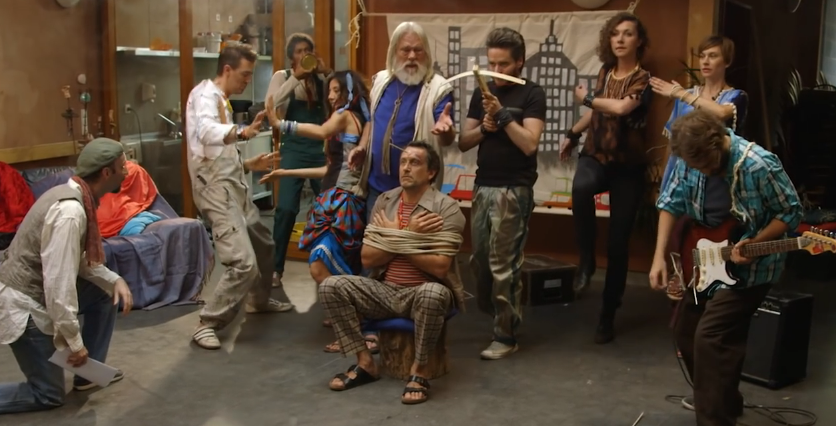
That said, the film is all-in-all quite delightful. The acting is generally excellent, the ensemble cohesive. Moments of visual comedy make nice use of odd angles or framing—the upside down face of a cop hanging on a fence by his shoes or the swinging feet of a trapeze artist dangling in the frame directly after a shot of the despondent Mr. Rodolfo with a rope—a cut that in anything but an absurd comedy would indicate suicide by hanging. Also present are inventive details, whether the gourmet tastes of assassins, the reference to the German boomer fascination with the tango, ghoulish Greek statues, or the frequent reference to gentrification. Berlin themes, Berlin personalities, L.A. glitter and overstatement—its an interesting mix and well-worth seeing. It’s authenticity and sincerity generally make any transgressions against audience sensibilities somehow forgivable.


